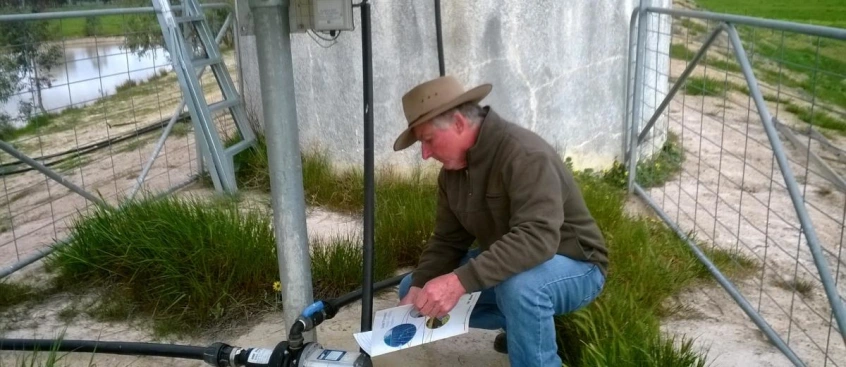
Common Issues with Water Sensors
Mar 24 2020

Meat & Livestock Australia and a team of tech partners ran a project at Calliope Station in 2019 that involved monitoring water levels in tanks and dams across two properties, with 70,000 acres and 7,000 head of cattle.
The sensors their team used included ultrasonic sensor and water pressure sensors and some teething problems were experienced in setting up the system.
These were caused by connectivity issues (which were easily solved), and by debris floating on top of some of the tanks, or false readings from the ultrasonic sensors (solved by changing from ultrasonic sensors to water pressure sensors).
Here’s a short list of some of the things to watch out for if you try a similar setup on your property.
1) Base station antenna connectivity
Base stations needed to be fitted with a high gain multidirectional 433mHz antennas to ensure that all signals from the sensors were captured and relayed.
2) Paddock mapping
Every paddock needed to first be mapped (including boundaries and fencing) and named. With 75 paddocks on Calliope, this took a bit of time and effort.
3) Antenna choice
In some locations the standard antenna had to be replaced with either a directional antenna or a high gain antenna to get efficient data transformation between a sensor and a Base Station. Tall, dense trees were the most common obstruction.
4) Location of base stations
It took a bit of planning to get the right location for the base stations so there was a line of sight to the gateways.
5) Choosing the right water level sensors
In open concrete reservoirs debris or algae drifting on the water surface absorbed the ultrasonic sensor pulses indicating an empty reservoir when it was actually full. The ultrasonic sensors were replaced by water pressure sensors which eliminated the problem. Ultrasonic sensors placed on the inside of black plastic tanks had small evaporation droplets accumulating on surface of the sensor which indicated a full tank when it was actually nearly empty. The team fixed this by placing the ultrasonic sensor outside the tank and drilling a large hole through which the sensor could function.
Posted in Farmer Advice
You Might Also Like
Jul 23 2025
Low yields from wheat production? Here’s why.
For the past two decades, agronomists and farmers have been trying to solve the problem of low yields using Variable Rate Fertilisation application. However, yield is only half of the equation. In-field…
Read MoreMay 25 2025
Get more from your livestock data with these six agtech solutions
Farmers across Australia are producing more data than ever. But much of it remains frustratingly siloed. Here’s how you can get the most from your data as a livestock producer.
Read MoreMay 20 2025
Purchasing AgTech? Ask yourself these five questions first.
Whether it’s your first time, or you’ve already got plenty of technology in operation – asking the right questions ensures you take the best approach.
Read MoreApr 22 2025
Building farm data trust
At AgTech Finder we ask vendors to provide their data policies so that farmers can make informed choices about agtech and be comfortable about the way their data is being collected and…
Read MoreList your company on AgTech Finder.
AgTech Finder helps Australian Farmers and producers find the product that’s right for them.
Register now to be a part of the community, get access to a national platform and start gaining insights to improve your products.
